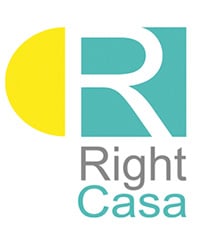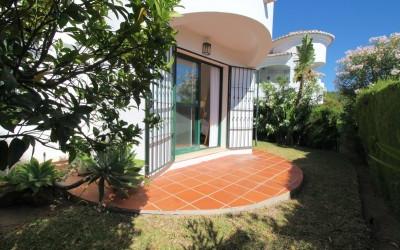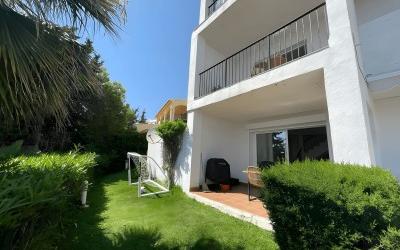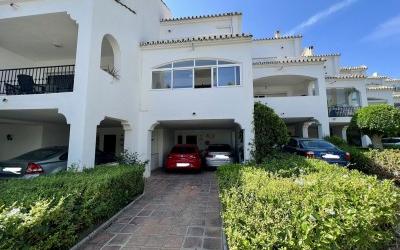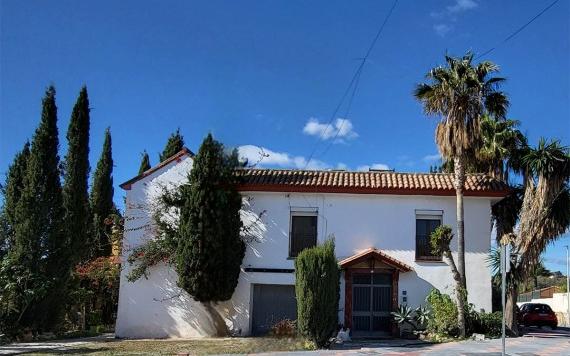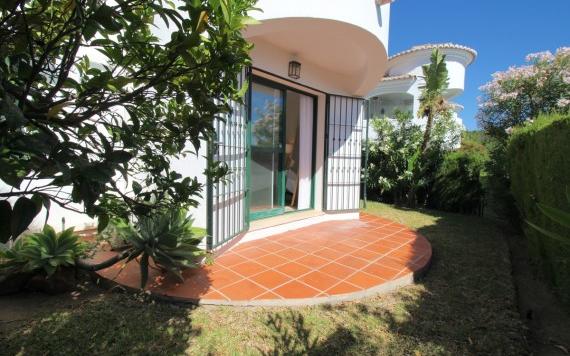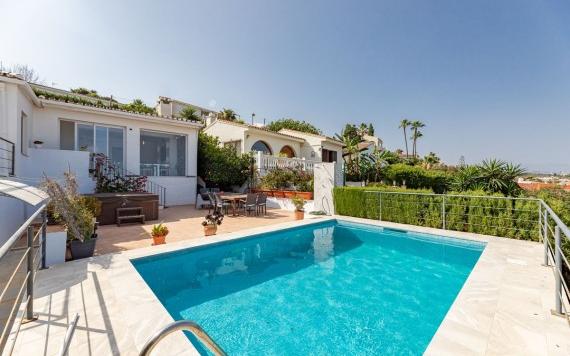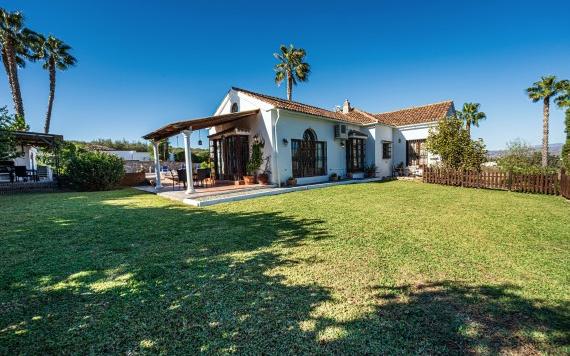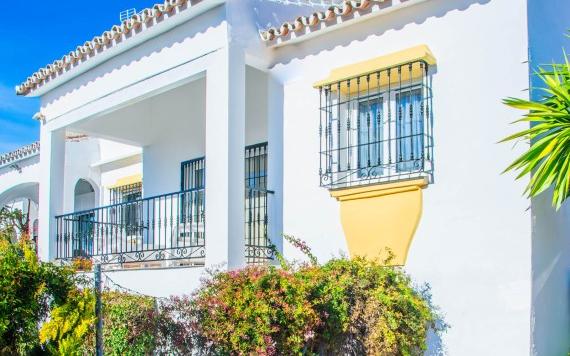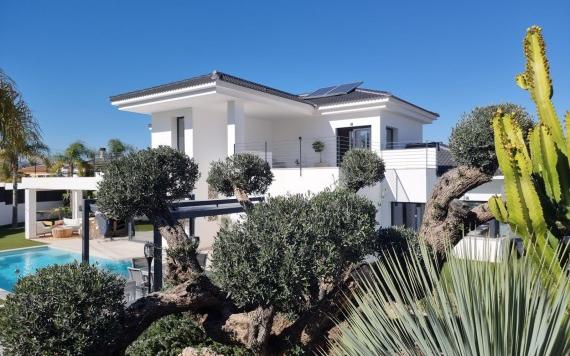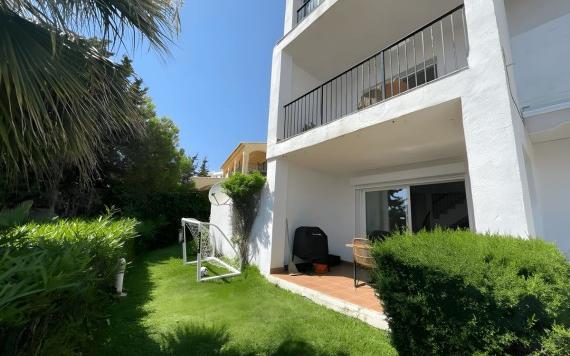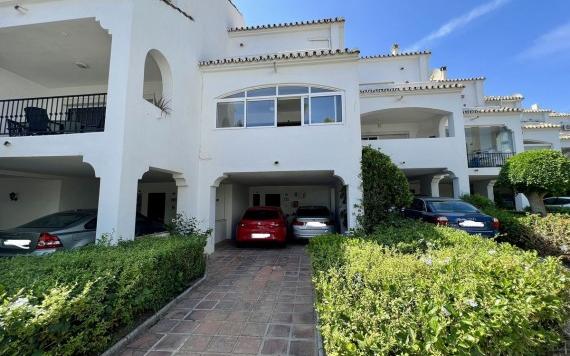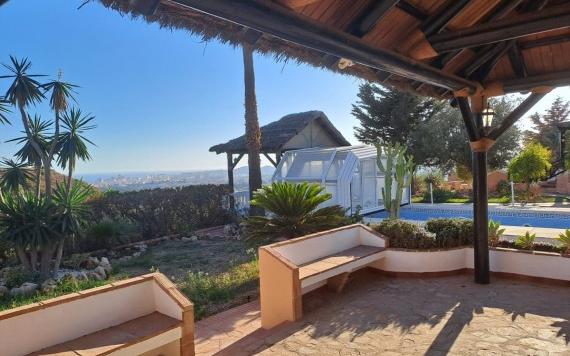
If you’re self-employed in Spain then you are responsible for paying your own social security contributions, and these can often form a significant percentage of your earnings. Many self-employed individuals choose to de-register as self-employed to avoid making these contributions during periods of no work, as the contributions would be more than they could earn. But the Spanish government is now considering making considerable reforms to the way that self-employed social security contributions are made, using a multi-tiered payment system. If this system were to be introduced, as many as 1 million self-employed workers in Spain would have to make larger social security contributions than they do right now. Here’s everything we know so far:
The Introduction of 13 Different Contribution Brackets
Under the proposal, self-employed workers would pay one of 13 different social security payment amounts, depending on how much they expect to earn. This would be a big change from the current system that sees all self-employed workers pay the same flat rate fee regardless of how much they earn. The contibution amounts within these brackets would range from €90 per month to a rather breathtaking €1,220 per month, depending on what you earn. This would be good news for the lowest income earners, who have to pay a minimum fixed amount of around €275 per month under the current system, but very bad news for the country’s highest self-employed earners.
From 2023 until 2031, the following yearly income thresholds and quotas are being proposed.
- 200 euros per month for the self-employed who have an income of 3,000 euros or less.
- 215 euros for those with income ranging between 3,000 euros and 6,000 euros.
- 230 euros for those with an income of more than 6,000 euros, but less than 9,000 euros.
- 245 euros for those with an income of between 9,000 and 12,600 euros.
- 260 euros for 12,600 to 17,000 euros of annual income.
- 275 euros for those from 17,000 euros to 22,000 euros.
- 290 euros for those from 22,000 to 27,000 euros.
- 305 euros for those from 27,000 to 32,000 euros.
- 320 euros for those from 32,000 to 37,000 euros.
- 340 euros for those from 37,000 to 42,000 euros.
- 360 euros for those from 42,000 to 47,000 euros.
- 380 euros for those from 47,000 to 48,841 euros.
- 400 euros if there are yields greater than 48,841 euros per year.
Once the 9-year reform period ends, the following thresholds are being proposed from 2032.
- 90 euros per month for those who earn less than 3,000 euros.
- 120 euros for those who enter 3,000 to 6,000 euros net per year.
- 185 euros for the self-employed with returns between 6,000 and 9,000 euros.
- 235 euros for those who earn between 9,000 and 12,600 euros per year.
- 275 euros if you win between 12,600 and 17,000 euros.
- 305 euros if the income is between 17,000 and 22,000 euros.
- 425 euros for returns ranging between 22,000 and 27,000 euros.
- 545 euros for those who earn between 27,000 and 32,000 euros per year.
- 670 euros for those with returns between 32,000 and 37,000 euros.
- 800 euros per month for 37,000 to 42,000 euros.
- 935 euros for 42,000 to 47,000 euros
- 1,075 euros for 47,000 to 48,841 euros.
- 1,220 euros per month for those who earn more than 48,841 euros per year.
When Will the New System Come into Force?
If the proposal is approved, it could be introduced as early as next year, although 2023 is a more realistic estimate given the amount of time it is likely to take to get the new system up and running. Once the system is in place, there will be a nine year transition period to enable self-employed workers to get used to the new way of estimating and paying their social security contributions.
The 14-page proposal document has been submitted by Spain’s Minister for Social Security José Luis Escrivá to the main unions in Spain, GT and CCOO, as well as to employer groups CEOE and Cepyme. Many of these unions and other freelancer associations have been pushing for a fairer system in terms of how social security contributions are made, so it is expected that this document, or a version of it, will be approved. Other options are still on the table, so we don’t know for sure if this is exactly how the new social security system will look.
How Will the New System Work?
Under the new system, self-employed workers would have to estimate how much they think they will earn in the year, and then pay their social security contributions based on this estimate. You can adjust your estimate up to six times throughout the year (depending on how your business is performing) and then if your estimate is over or under what you actually earn, you can either request a refund or make an extra payment at the end of the year.
The new system will see a huge number of freelancers paying considerably more social security contribution than they do right now. For example, if you earn between 22,000 and 27,000 euros a year then you will have to pay 139 euros more per month, for your social security payments, which is a whopping 1,668 euros extra every year.
Is moving to Spain to live and work in the sunshine still you’re dream? Then we can help you to turn that dream into a reality! If you’re looking for estate agents in Southern Spain then why not get in touch? Our locally based property experts are a font of local knowledge, and are perfectly placed to help you find the home of your dreams.

 English
English Español
Español Deutsch
Deutsch Français
Français Svenska
Svenska Nederlands
Nederlands Italiano
Italiano Norsk
Norsk Русский
Русский